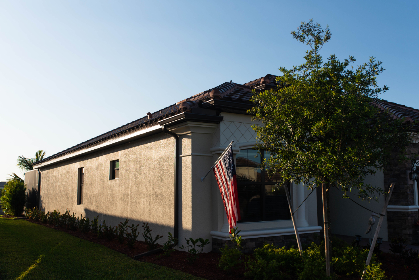Modular Prefabricated Houses: Building a Sustainable Future
Modular prefabricated houses stand at the intersection of innovation and sustainability. As the housing landscape evolves, these homes emerge as a pivotal solution for modern living, merging affordability and environmental responsibility. Uncover how modular construction addresses pressing societal challenges while paving the way for a greener future.
Defining Modular Prefabricated Houses
Modular prefabricated houses are defined as structures constructed in sections or modules in a factory setting before being transported and assembled on-site. This approach fundamentally alters traditional building practices enabling more efficient construction timelines and reducing overall costs. The ability to create these homes in controlled environments means higher quality and lower environmental impact due to minimized waste and resource use. Additionally, distinguishing these homes from conventional ones lies in their aesthetic flexibility and speed of assembly. Understanding the essence of modular prefabricated houses is crucial in recognizing their significance in sustainable development.
A New Era of Sustainability
Sustainability is more than a buzzword in the housing industry; it is essential for the future of our planet. Modular prefabricated houses are designed to incorporate sustainable materials and practices right from their conception. They often utilize eco-friendly building materials and energy-efficient technologies that minimize their environmental footprint. The transition to these sustainable practices is vital in addressing climate change and promoting responsible resource management. By adopting modular construction methods, builders are able to significantly reduce the impact of building on the environment. These homes epitomize what it means to blend modern living with ecological awareness.
Economic Advantages of Modular Homes
The economic viability of modular prefabricated houses cannot be overlooked. In a time where housing prices are soaring, their affordability makes them a compelling choice for many consumers. The modular design promotes cost savings through reduced labor and construction time. Furthermore, many modular homes come with energy-efficient designs that result in lower utility costs over time. As homeowners become more financially conscious, these benefits contribute to the growing appeal of modular prefabricated houses. The balance of initial investment and long-term savings provides a strategic advantage in today’s real estate market.
Social Implications and Community Development
Beyond individual benefits, modular prefabricated houses also hold substantial social implications. Their ability to swiftly address housing shortages means they can serve communities in desperate need of affordable living options. This is especially important in urban areas strained by growing populations and limited housing availability. Moreover, these homes can foster community resilience by providing disaster relief and temporary housing in crisis situations. As more communities embrace modular construction, this approach enables more inclusive and diverse populations to find homes, emphasizing the importance of equitable living conditions.
The Role of Policy and Regulation
As the push for modular prefabricated houses gains momentum, so too does the need for supportive policies and regulations. Policymakers must recognize the potential these homes hold in transforming the housing landscape and easing affordability issues. Regulatory bodies will need to adjust existing frameworks that often favor traditional construction methods, making it easier for modular homes to gain acceptance in local markets. Collaborative efforts between government and industry stakeholders can drive initiatives that promote the adoption of modular prefabricated houses, ultimately leading to reinforced economic and environmental goals. Advocacy for policy reforms is critical for assuring the success of this innovative housing solution.
Conclusion: Embracing a Modular Future
In conclusion, modular prefabricated houses present a multifaceted solution to housing and sustainability challenges we face today. Their innovative construction methods, affordability, and adaptability are essential components that address societal needs effectively. As we advance towards a more sustainable future, these homes serve as a model for how we can live harmoniously with the environment while securing affordable housing for all. The conversation surrounding modular construction must continue, as it is through awareness and advocacy that we can secure the place of modular prefabricated houses in shaping our urban landscapes.
